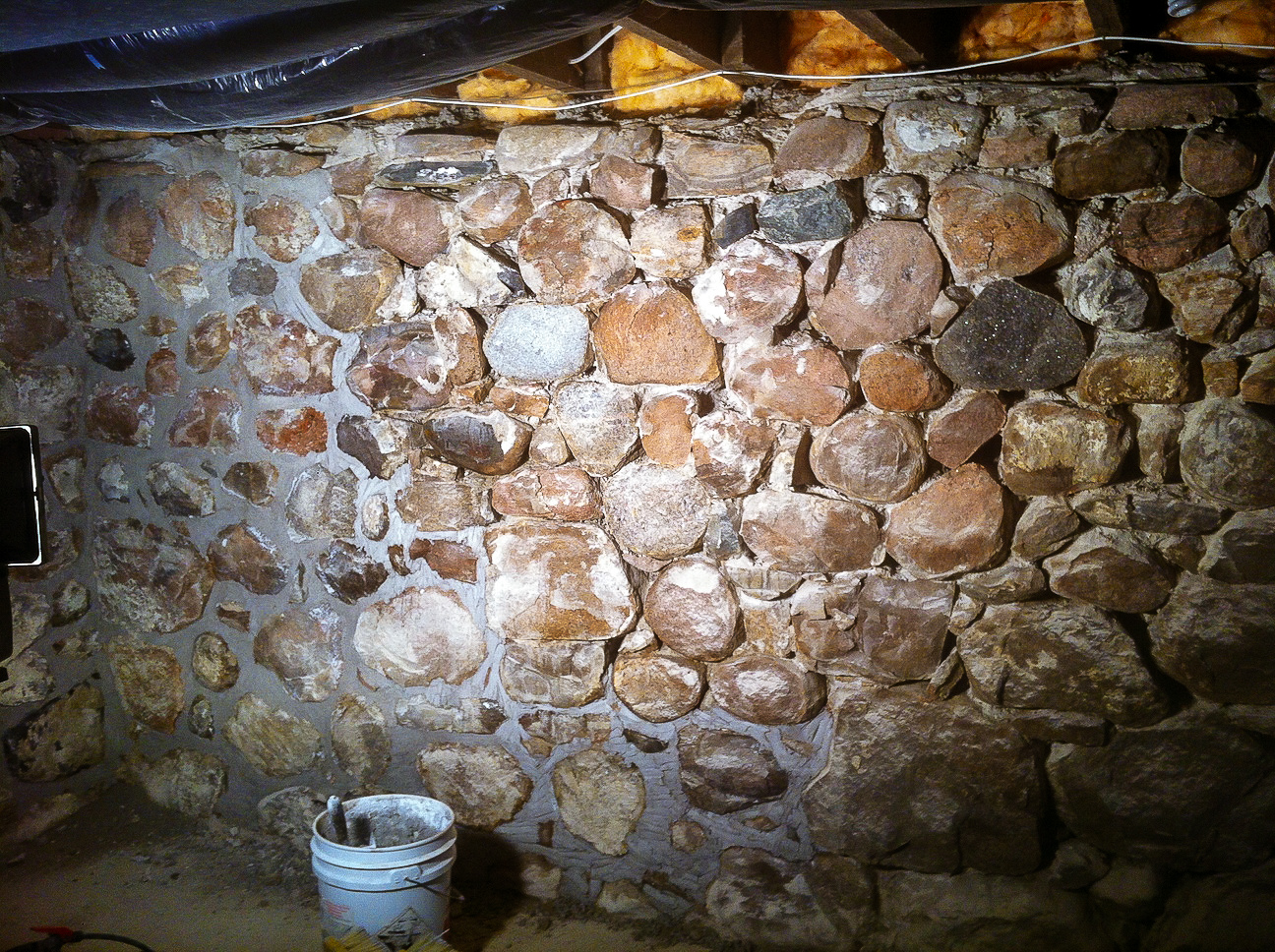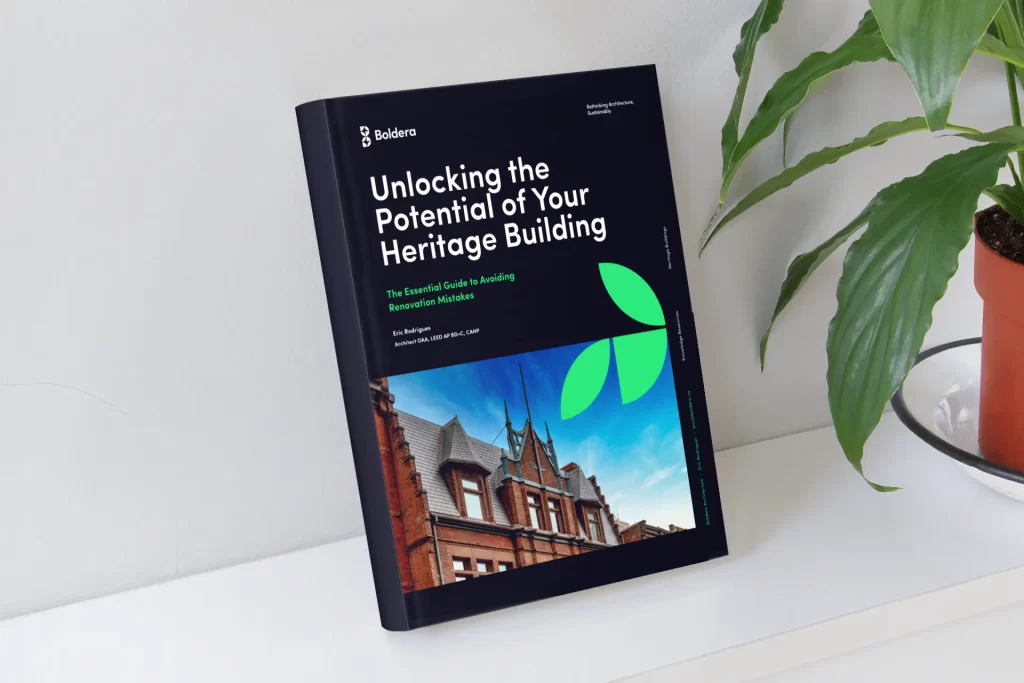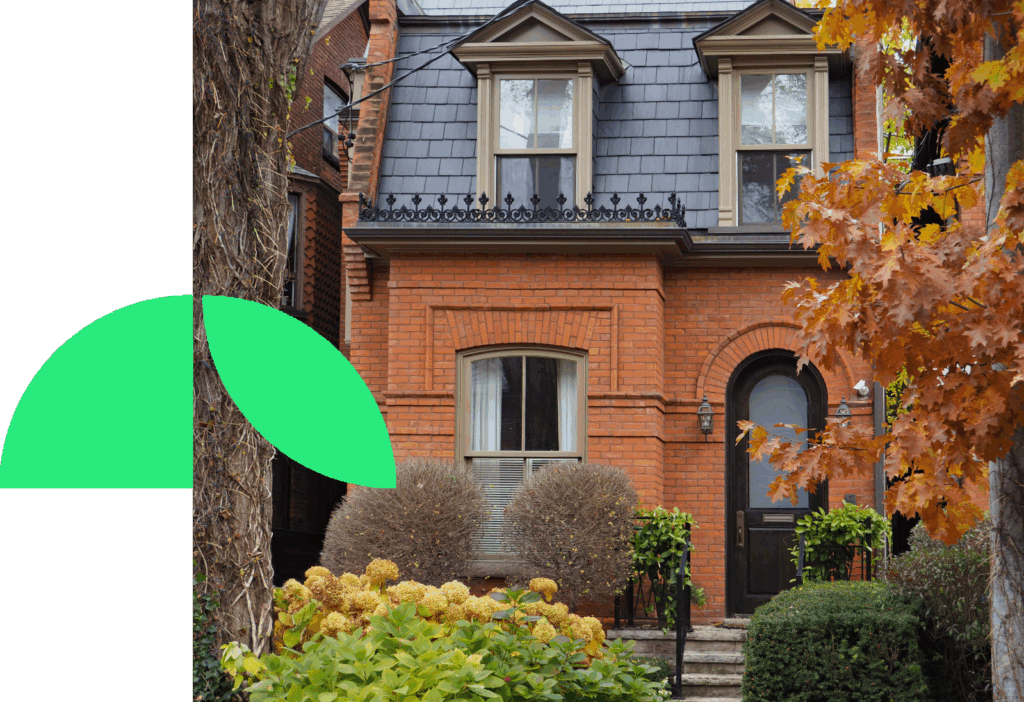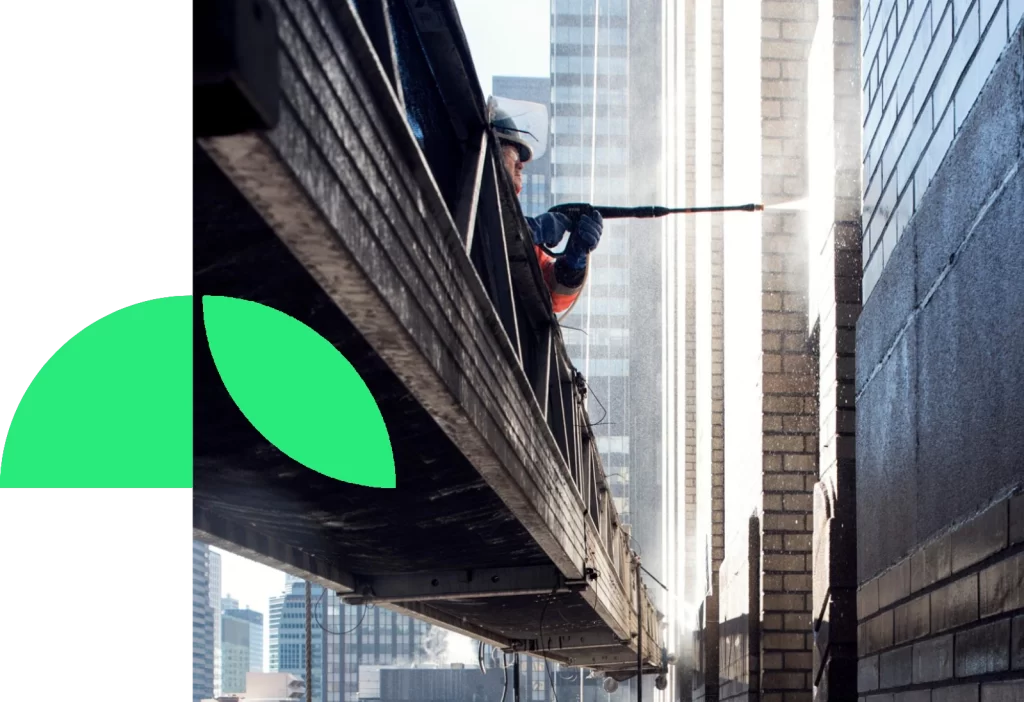Addressing Heritage Building Foundation Issues
Eric Rodrigues, OAA, LEED AP BD+C, CAHP
Heritage buildings stand as timeless testaments to the craftsmanship and cultural richness of bygone eras, their foundations serving as the bedrock upon which their historical significance rests. Crafted from enduring materials like stone, brick, or timber, these foundations have weathered centuries, bearing witness to the evolution of societies and architectural styles. However, the passage of time and environmental factors pose significant challenges to these architectural treasures, threatening their structural integrity and historical authenticity.

Example of bench footing for a lowered basement in a heritage building (Hawleys Home Restoration)
Common Challenges
In this article, we embark on a journey through the intricate world of heritage building foundations, exploring the common issues that plague them and delving into practical solutions aimed at preserving their legacy. From settlement and subsidence to the gradual erosion of masonry and the insidious threat of wood rot, each challenge presents a unique hurdle in the quest to safeguard these architectural marvels for future generations.
Settlement and Subsidence
Shifting soil or inadequate support can cause settlement and subsidence, leading to uneven foundation settling. This may result in cracks in the walls or floors, jeopardizing the overall stability of the building
Deterioration of Masonry
Masonry foundations can deteriorate over time due to weathering, water infiltration, or the passage of time. Crumbling mortar, brick spalling, and erosion can compromise the foundation’s structural integrity.
Wood Rot
Moisture infiltration can cause wood rot in buildings with wooden foundations or components, particularly in basements and crawl spaces. This can weaken load-bearing elements and compromise structural stability.
Water Damage
Excessive moisture, whether from poor drainage, leaks, or inadequate waterproofing, can lead to water damage. This may weaken foundations, promote mold growth, and cause other structural issues.

Dry rot can be an underlying issue in the building foundations. A structural assessment can highlight some critical repairs for your building.
Potential Solutions
Foundation Underpinning
Address settlement and subsidence issues through foundation underpinning, which involves reinforcing the foundation by extending it deeper into the ground or providing additional support using techniques like helical piers or micropiles.
Masonry Repairs
Professional restoration is crucial for masonry foundations. This may involve repointing damaged mortar and restoring brick or stone to maintain both structural integrity and aesthetic appeal.
Wood Rot Remediation
Replace affected wooden components to remedy wood rot and implement moisture control measures such as improved ventilation and proper drainage to prevent future decay.
Waterproofing
Invest in comprehensive waterproofing measures to protect the foundation from water damage, including applying waterproof coatings, installing drainage systems, and ensuring proper grading around the building to divert water away from the foundation.
Professional Inspection and Assessment
Conduct regular professional inspections to identify potential issues early on. Timely intervention can mitigate the risk of extensive damage to the heritage building’s foundation.
Selective Excavation
Selective excavation may be necessary in some cases to access and repair foundation issues, minimizing disruption to the surrounding landscape and architectural elements.
Consult with Heritage Preservation Experts
Seek guidance from heritage preservation experts to preserve the historical authenticity of the foundation. Boldera can recommend restoration techniques that align with the original construction methods while complying with preservation standards.
Conclusion
Preserving the foundations of heritage buildings is vital for maintaining their structural integrity and historical significance. By addressing common issues through restoration, reinforcement, and modern techniques, property owners can ensure that these architectural marvels stand strong for generations to come.
I hope this article has helped you with your planning. If you have questions, book a free 30-minutes Discovery Session with Boldera Architecture. This will unlock the full potential of your project and help you develop a quick action plan. My goal is to help you develop successful projects.






